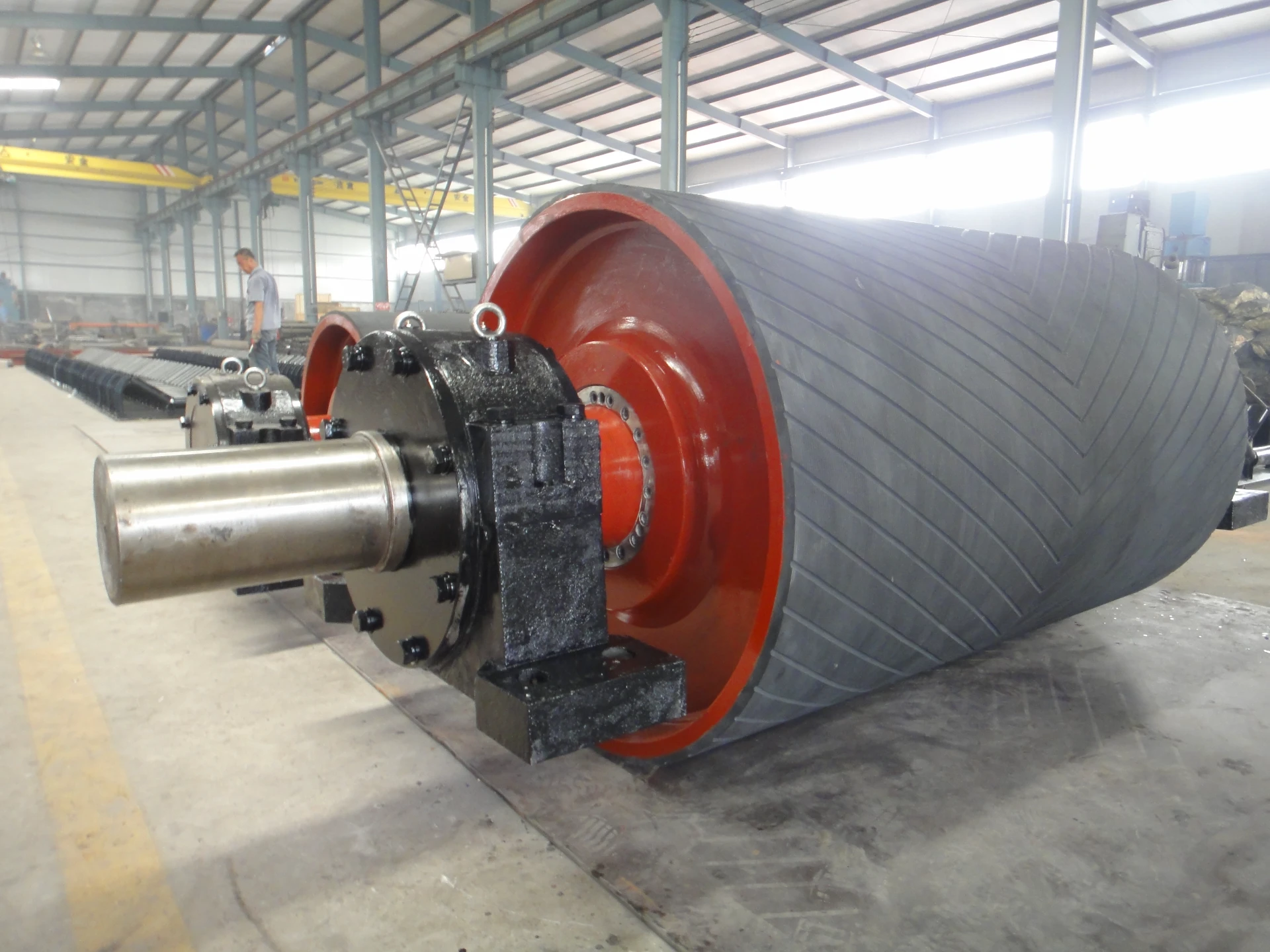 Afrikaans
Afrikaans  Albanian
Albanian  Amharic
Amharic  Arabic
Arabic  Armenian
Armenian  Azerbaijani
Azerbaijani  Basque
Basque  Belarusian
Belarusian  Bengali
Bengali  Bosnian
Bosnian  Bulgarian
Bulgarian  Catalan
Catalan  Cebuano
Cebuano  Corsican
Corsican  Croatian
Croatian  Czech
Czech  Danish
Danish  Dutch
Dutch  English
English  Esperanto
Esperanto  Estonian
Estonian  Finnish
Finnish  French
French  Frisian
Frisian  Galician
Galician  Georgian
Georgian  German
German  Greek
Greek  Gujarati
Gujarati  Haitian Creole
Haitian Creole  hausa
hausa  hawaiian
hawaiian  Hebrew
Hebrew  Hindi
Hindi  Miao
Miao  Hungarian
Hungarian  Icelandic
Icelandic  igbo
igbo  Indonesian
Indonesian  irish
irish  Italian
Italian  Japanese
Japanese  Javanese
Javanese  Kannada
Kannada  kazakh
kazakh  Khmer
Khmer  Rwandese
Rwandese  Korean
Korean  Kurdish
Kurdish  Kyrgyz
Kyrgyz  Lao
Lao  Latin
Latin  Latvian
Latvian  Lithuanian
Lithuanian  Luxembourgish
Luxembourgish  Macedonian
Macedonian  Malgashi
Malgashi  Malay
Malay  Malayalam
Malayalam  Maltese
Maltese  Maori
Maori  Marathi
Marathi  Mongolian
Mongolian  Myanmar
Myanmar  Nepali
Nepali  Norwegian
Norwegian  Norwegian
Norwegian  Occitan
Occitan  Pashto
Pashto  Persian
Persian  Polish
Polish  Portuguese
Portuguese  Punjabi
Punjabi  Romanian
Romanian  Russian
Russian  Samoan
Samoan  Scottish Gaelic
Scottish Gaelic  Serbian
Serbian  Sesotho
Sesotho  Shona
Shona  Sindhi
Sindhi  Sinhala
Sinhala  Slovak
Slovak  Slovenian
Slovenian  Somali
Somali  Spanish
Spanish  Sundanese
Sundanese  Swahili
Swahili  Swedish
Swedish  Tagalog
Tagalog  Tajik
Tajik  Tamil
Tamil  Tatar
Tatar  Telugu
Telugu  Thai
Thai  Turkish
Turkish  Turkmen
Turkmen  Ukrainian
Ukrainian  Urdu
Urdu  Uighur
Uighur  Uzbek
Uzbek  Vietnamese
Vietnamese  Welsh
Welsh  Bantu
Bantu  Yiddish
Yiddish  Yoruba
Yoruba  Zulu
Zulu components of belt conveyor system
Components of Belt Conveyor Systems
Belt conveyor systems are vital in various industries, facilitating the movement of materials efficiently and effectively. These systems are composed of several key components, each playing a specific role in ensuring smooth operation and reliability. This article discusses the primary components of a belt conveyor system and their functions.
1. Belt
The belt is the most crucial component of a belt conveyor system. It serves as the medium for transporting materials from one point to another. Typically made from materials such as rubber, fabric, or metal, the belt must be durable and flexible to withstand the operational demands of the conveyor system. The choice of belt material often depends on the type of materials being transported, the environment, and the load requirements.
2. Idlers
Idlers, also known as rollers, are essential components that support the belt and facilitate its movement. These components are strategically placed along the conveyor to create a continuous surface for the belt to run on. Idlers help reduce friction, provide stability, and maintain the desired belt alignment. They come in various types, including carry idlers, return idlers, and trough idlers, each serving a unique purpose within the conveyor system.
Pulleys are used to drive the belt and change its direction. The main components of a pulley system include the drive pulley, which provides the necessary power to move the belt, and the tail pulley, which returns the belt after it has transported the materials. Pulleys are typically made of sturdy materials to withstand heavy loads and forceful impacts. Proper tensioning and alignment of the pulley system are crucial for the efficient operation of a belt conveyor.
4. Drives
The drive system powers the conveyor belt. It can consist of electric motors, gearboxes, and various components that work together to convert electrical energy into mechanical energy. The selection of a suitable drive system is essential for the conveyor's efficiency, as it must provide sufficient torque to overcome resistance and load. Additionally, drive systems can vary in terms of speed and power, depending on the specific application and operational requirements.
components of belt conveyor system

5. Frame
The conveyor frame provides structural support to the entire system. It is typically constructed from steel or aluminum and is designed to withstand different environmental conditions and heavy loads. The frame must be sturdy and robust to ensure longevity and minimize maintenance needs. The design of the frame can also influence the overall layout and ergonomics of the conveyor system.
6. Tensioning Device
A tensioning device is crucial for maintaining the proper tension of the conveyor belt. Adequate tension is necessary to prevent slippage, reduce wear, and ensure efficient operation. Tensioning devices can be manual or automatic, allowing operators to adjust the belt tension as needed easily. Proper tension helps extend the lifespan of the belt and other components, reducing operational costs.
7. Supporting Structure
The supporting structure includes the framework and components that hold the conveyor system in place. This can involve structural elements such as supports, brackets, and guards that ensure the safety and stability of the entire conveyor setup. These supports must be designed to accommodate the weight of the conveyor, the materials being transported, and any additional forces that may occur during operation.
8. Safety Devices
Safety devices are integral to modern belt conveyor systems, ensuring the protection of both the equipment and personnel. These may include emergency stop buttons, safety guards, anti-restart mechanisms, and sensors to detect malfunctions. Implementing robust safety measures not only protects workers but also helps in maintaining uninterrupted operational efficiency.
Conclusion
Belt conveyor systems are complex machines that rely on the synergy of various components to function optimally. Understanding the specific roles of each component—from the belt and idlers to the drive systems and safety devices—enables operators to design, maintain, and optimize conveyor systems effectively. As industries continue to evolve, advancements in technology may lead to more innovative components, improving the efficiency and safety of belt conveyor systems in the years to come.
-
Wing Pulley Conveyor for Conveyor Belt MaintenanceNewsJun.16,2025
-
Self Cleaning Spiral Idler for Conveyor DesignNewsJun.16,2025
-
Pulley Lagging for Conveyor Belt AlignmentNewsJun.16,2025
-
Impact Idlers Used in Belt Conveyor for PerformanceNewsJun.16,2025
-
Ceramic Lagging Conveyor Pulley for Conveyor Belt SystemsNewsJun.16,2025
-
Belt Conveyor Idler for Heavy-Duty ApplicationsNewsJun.16,2025





























